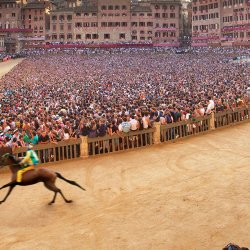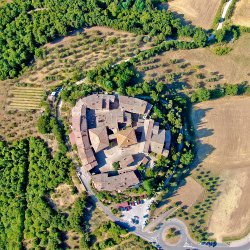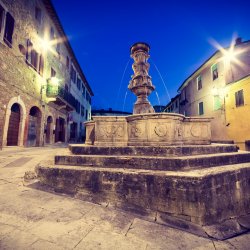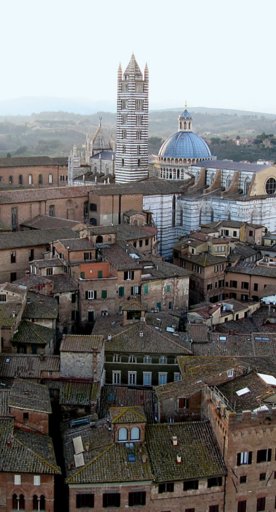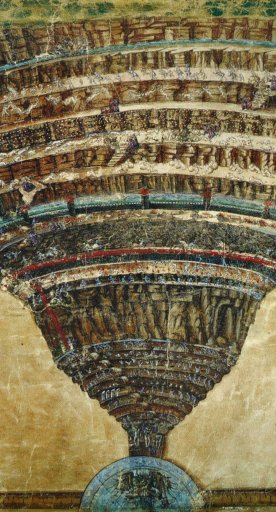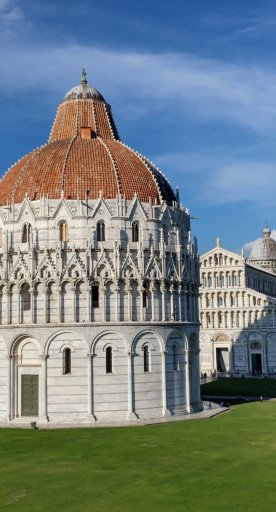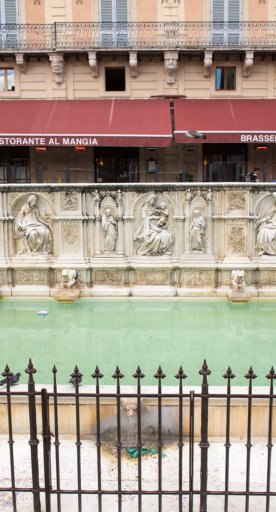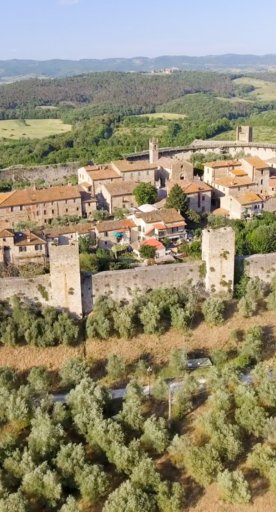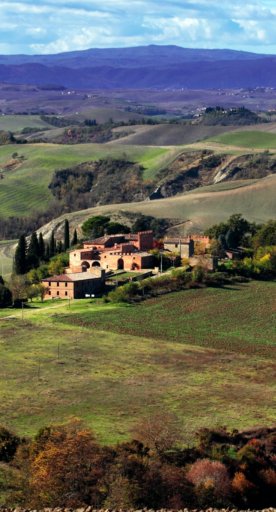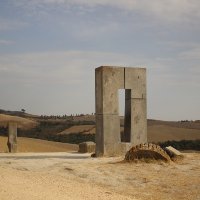

10 things to do in Siena
From Piazza del Campo to the Pinacoteca Nazionale (National Picture Gallery), between a centuries-old vegetable garden and a musical stop: here are a few suggestions for discovering the city
A tangle of ancient alleys, old walls and flags soaring over the palaces in an enchantment of colors: Siena, a city of palio and contrade (districts), still maintains its medieval urban layout and offers picturesque views where you can get lost and take inspiration from.
A walk is the best way to visit the historic town center and breathe in the magical atmosphere that only a city with a glorious past like Siena can provide.
-
1.Visiting Piazza del Campo
-
2.Witnessing the Palio
-
3.Climb the Torre of the Palazzo Pubblico
-
4.Entering the museum complex of Santa Maria della Scala
-
5.Discovering the Cathedral and admiring the Cathedral floor
-
6.Visiting the Pinacoteca Nazionale
-
7.Attending a concert at the Accademia Musicale Chigiana
-
8.Discovering the Medieval Orto de’ Pecci (Garden of Pecci)
-
9.Exploring the Bottini
-
10.Savoring the specialties of Siena
Visiting Piazza del Campo
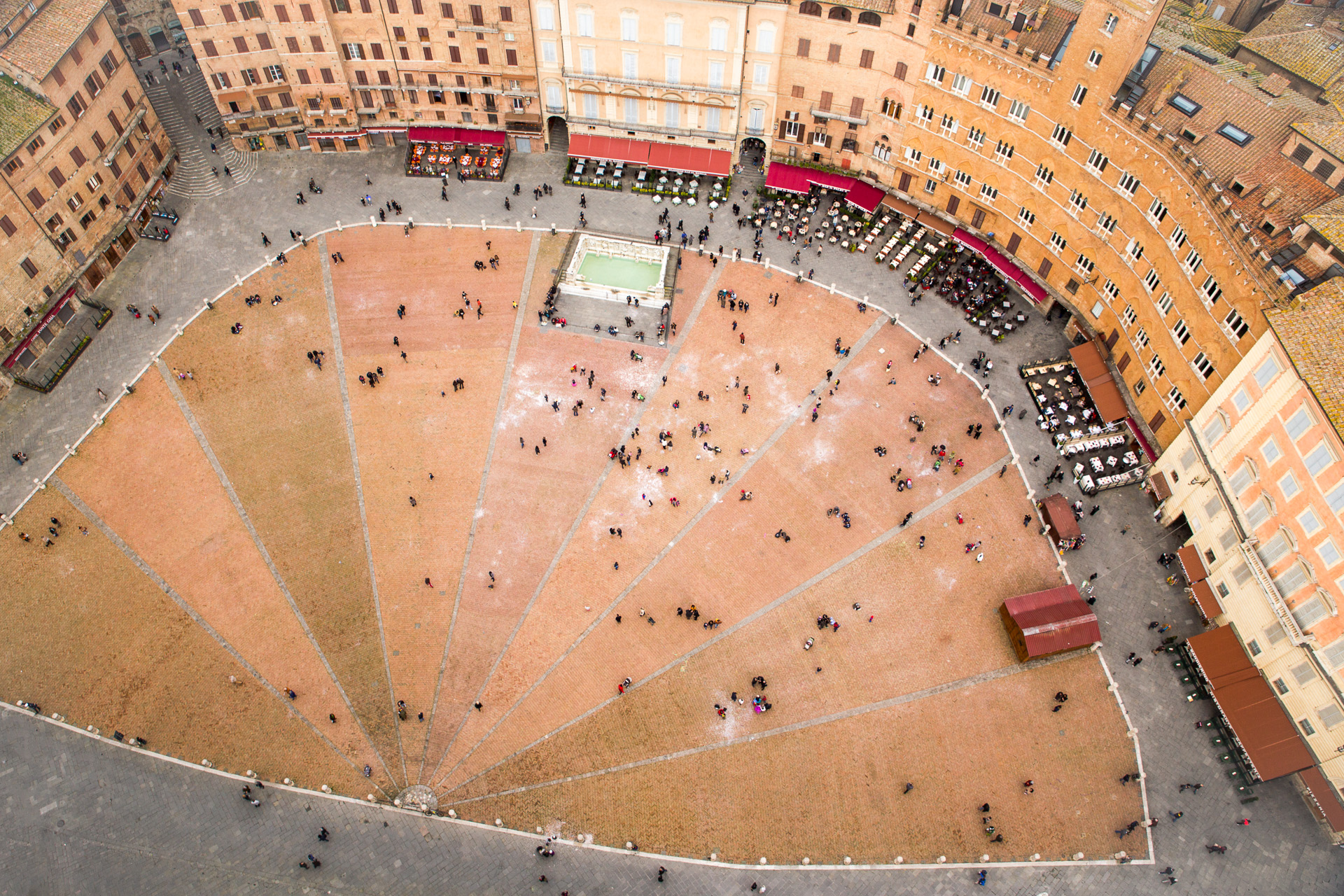
One of Siena's best-known symbols, Piazza del Campo is the heart of Siena.
With its characteristic shell-like shape, it is divided into nine segments in memory of the Nine Lords who ruled at the end of the thirteenth century.
The Campo – thus named because in the past it was a green space that housed the market - is now the city's living room and the open-air arena where the Palio is held twice a year. Some of Siena's most important monuments overlook the square: the Palazzo Pubblico, the Torre del Mangia and the splendid Fonte Gaia, a 19th-century copy of the original fountain sculpted by Jacopo della Quercia in the 15th century.
Witnessing the Palio
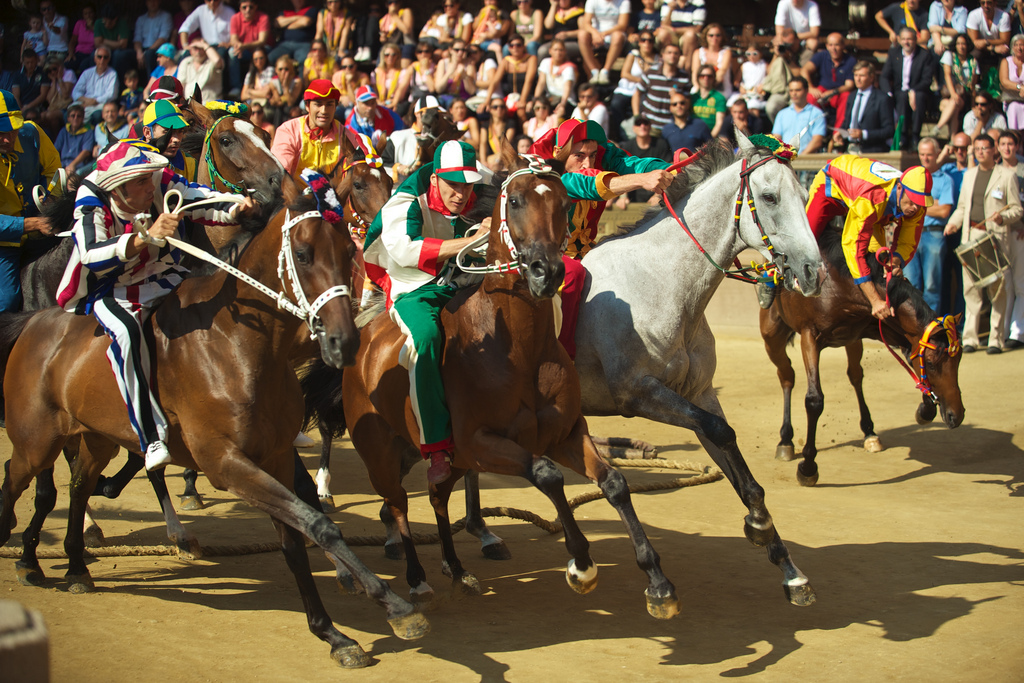
The soul of Siena and of its people, the Palio is one of the best-known horse races in Italy. Since the
first Palio was held in 1633, the event has been for centuries a competition between the districts of the city of Siena, the contrade.
It comprises three laps of Piazza del Campo, covered with tuff for the occasion: the horse, with or without a jockey, that completes the three laps first wins the Palio.
There are two dates for the Palio, 2 July and 16 August, but life in the contrada in Siena is experienced year-round through events, festivals and celebrations.
Being in the middle of the square on race days is a truly exciting though tiring experience, both because of the heat and for the large number of people there.
Climb the Torre of the Palazzo Pubblico

Siena's Palazzo Pubblico, along with the imposing Torre del Mangia, dominates Piazza del Campo.
Built between 1297 and 1310, it was the residence of the Signoria (Lordship) and Podestà (podesta) and still symbolizes political power because it is the seat of the Municipality.
The Torre del Mangia was added in the 14th century, and at 87 meters it is the third tallest tower in Italy.
To enjoy a unique view that sweeps from the center of Siena to the surrounding hills, you can climb to the top of the tower - the steps are over 300 - and admire a truly unique sight.
Entering the museum complex of Santa Maria della Scala
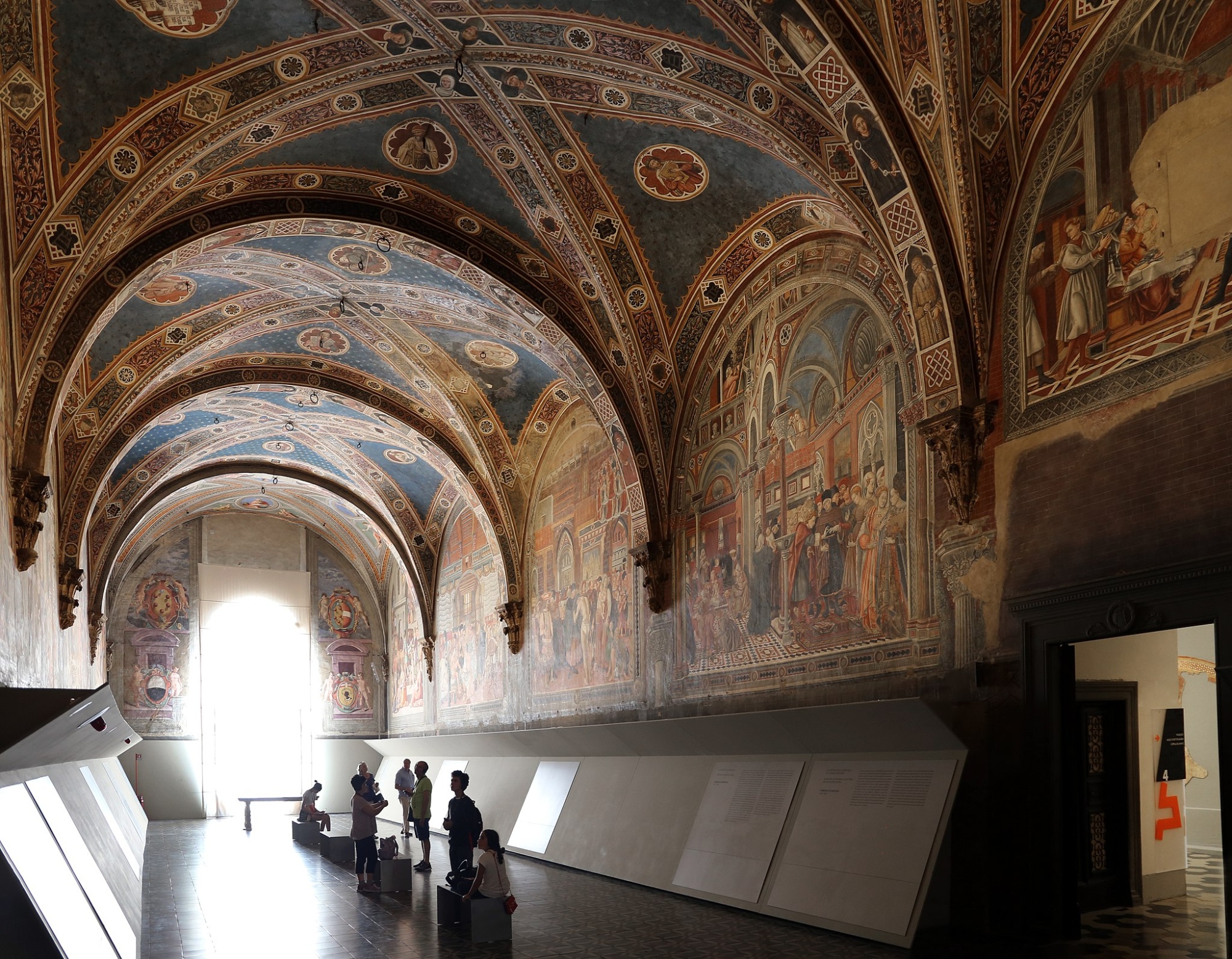
A museum that brings together more than 1.000 years of the history of Siena, the Santa Maria della Scala starts from the Etruscan and Roman ages, passes through the Middle Ages, and reaches the Renaissance. The museum is structured on several levels: on the ground floor you can admire the vestiges of the golden age as an ancient and great hospital for pilgrims crossing the Via Francigena, where there is the extraordinary Sala del Pellegrinaio (Pilgrims' Hall) with 15th-century frescoes on which Domenico di Bartolo also worked.
Descending to the lower floor we reach the Corticella, which the medieval Fienile overlooks - in the Fienile the original statues sculpted by Jacopo della Quercia for Fonte Gaia are kept.
From the Corticella you then go down to the tunnels, real labyrinths where the Museo Archeologico Nazionale (National Archaeological Museum) is located.
Discovering the Cathedral and admiring the Cathedral floor

One of the most majestic Romanesque-Gothic cathedrals in Italy, the Cathedral of Santa Maria Assunta was consecrated in 1179 in the presence of the pope Alexander III from Siena, but work continued for about two more centuries. Giovanni Pisano also worked on the facade.
In 1317 the expansion of the entire structure began, unfortunately, however - due to the plague of 1348 that led to a drastic reduction in the population - the work was interrupted and today traces of the ambitious project can be seen in the remains of the columns and the large unfinished facade.
The entire cathedral is a treasure trove, starting with the pulpit by Nicola Pisano and four early sculptures by Michelangelo.
The masterpiece of the cathedral, however, remains the floor, a marble carpet designed by Renaissance masters. Usually covered to protect it from the wear and tear of time, it becomes fully visible for a few months of the year, from mid-August, after the Palio dell'Assunta, until October.
Visiting the Pinacoteca Nazionale

The Pinacoteca Nazionale is the world's most significant collection of paintings of the Sienese school, particularly with reference to those of the 14th and 15th centuries.
Duccio di Buoninsegna, Simone Martini, Ambrogio Lorenzetti are just some of the great masters housed in the museum.
Attending a concert at the Accademia Musicale Chigiana
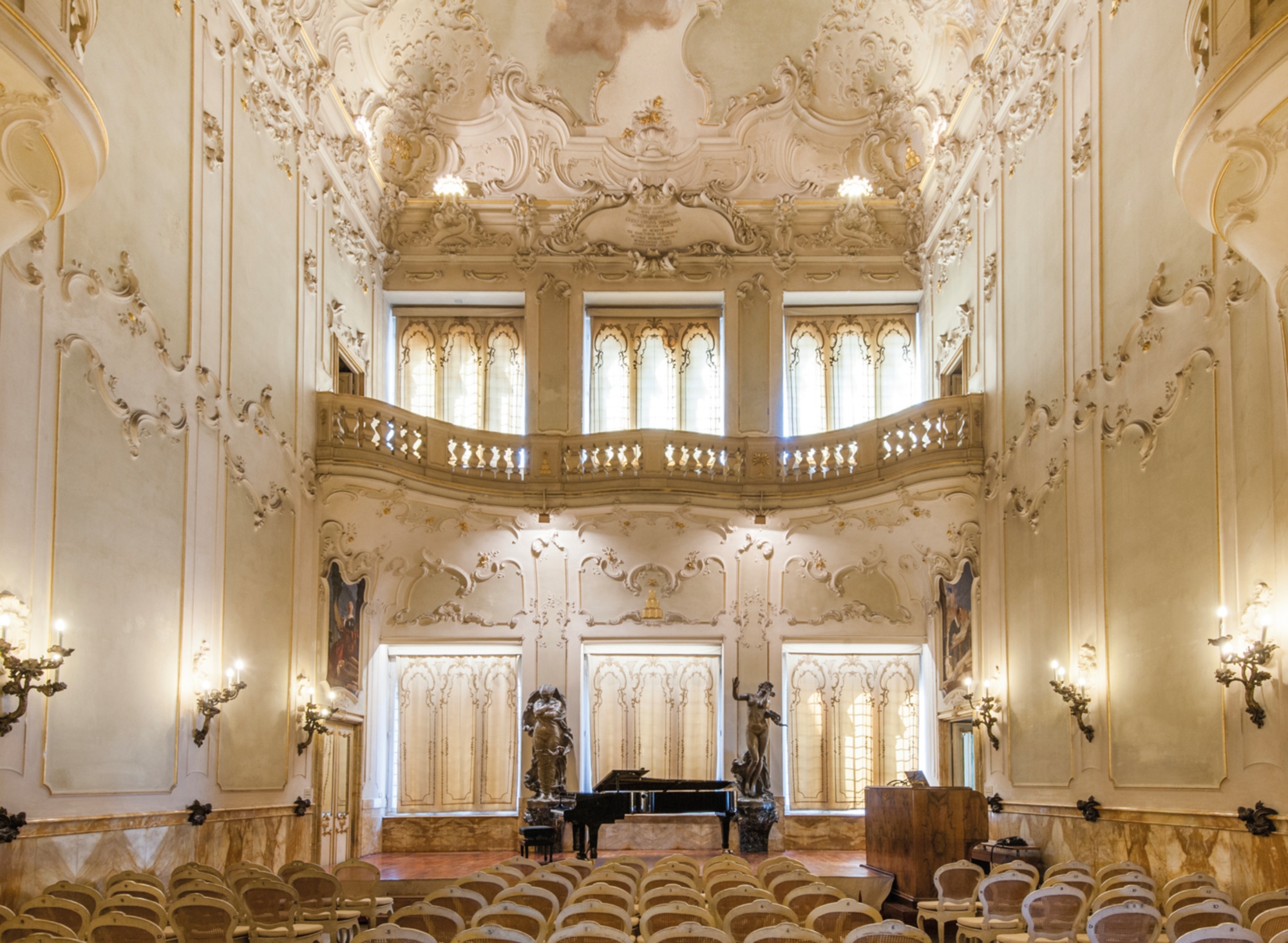
Palazzo Chigi Saracini houses the ancient Sienese musical institution of the Accademia Chigiana: a timeless space where master classes for musicians are still held today.
Inside the palace is also located the Museo degli strumenti musicali (Museum of Musical Instruments), a remarkable collection that includes the exceptional harpsichord built in 1515 by Vincentius - to date the oldest instrument of its kind in the world.
The schedule of concerts and events is truly rich and hosts artists of the highest international profile; you can check the schedule on the Chigiana website.
Discovering the Medieval Orto de’ Pecci (Garden of Pecci)

A green oasis in the heart of the historic town center: the Orto de' Pecci is located a few hundred meters from Piazza del Campo and is a corner of the countryside that always leaves you breathless.
Its history is also special; in fact, it was historically crossed by convicts who passed under Porta Giustizia to be executed. Over the centuries it was incorporated into the Psychiatric Hospital and was the place where the inmates cultivated fields and gardens for the supply needs of vegetables, fruits and courtyard animals.
Today it is a space returned to the city where you can spend time relaxing and discover the reconstruction of a medieval urban garden.
Exploring the Bottini
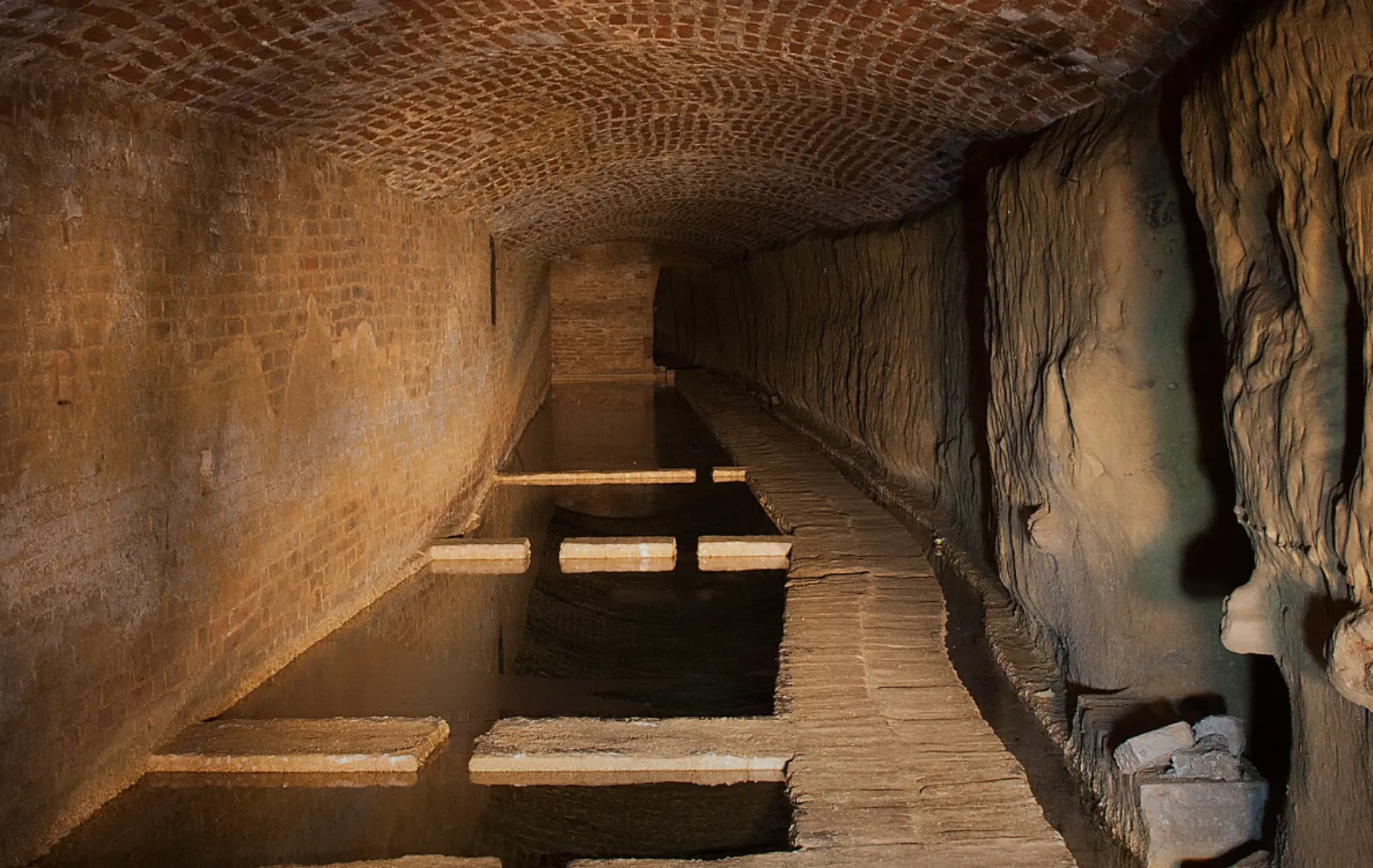
Siena's ancient aqueduct winds like a labyrinth through the city's underground: here are the Bottini, a network of underground aqueducts over 25 kilometers long that still feed the city's historic springs.
The name comes from buctinus, a term first used in 1226 to refer to the distinctive barrel vaults that characterize these galleries.
Appropriately accompanied, today it is possible to walk through these tunnels where rainwater flows down to the springs.
Reservations are required, and non-slip closed-toe shoes, clothing suitable for cold temperatures and a flashlight are recommended.
The spectacle is truly amazing and it is really worth delving into the Bottini to savor an ancient and unseen Siena.
Savoring the specialties of Siena
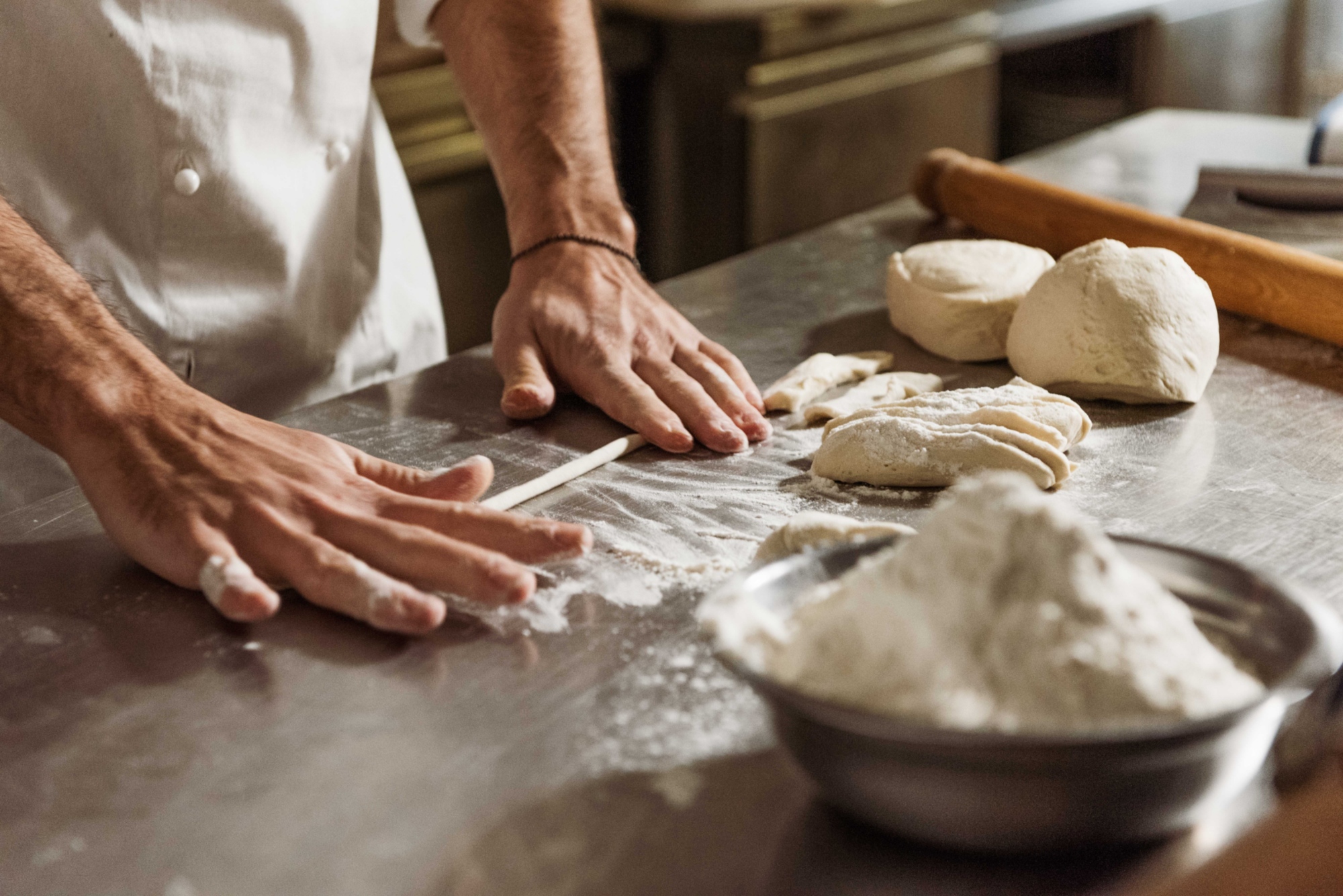
Like all Tuscan cuisine, Sienese cuisine is rooted in tradition: few but very versatile ingredients and ancient flavors that bring back memories of the old, steamy peasant kitchens.
Starting with pici - a special kind of hand-rolled pasta like large, thick spaghetti – passing through cured meats made with cinta senese (an Italian pig breed) to the famous and tasty desserts of dried fruit and spices, Siena does not disappoint in culinary terms either.
The city offers numerous osterias and trattorias where you can taste typical dishes, as well as many restaurants that offer modern reinterpretations of traditional dishes, not to mention the stores and bakeries where, throughout the year, you can taste ricciarelli, panforte and pan co'santi.

